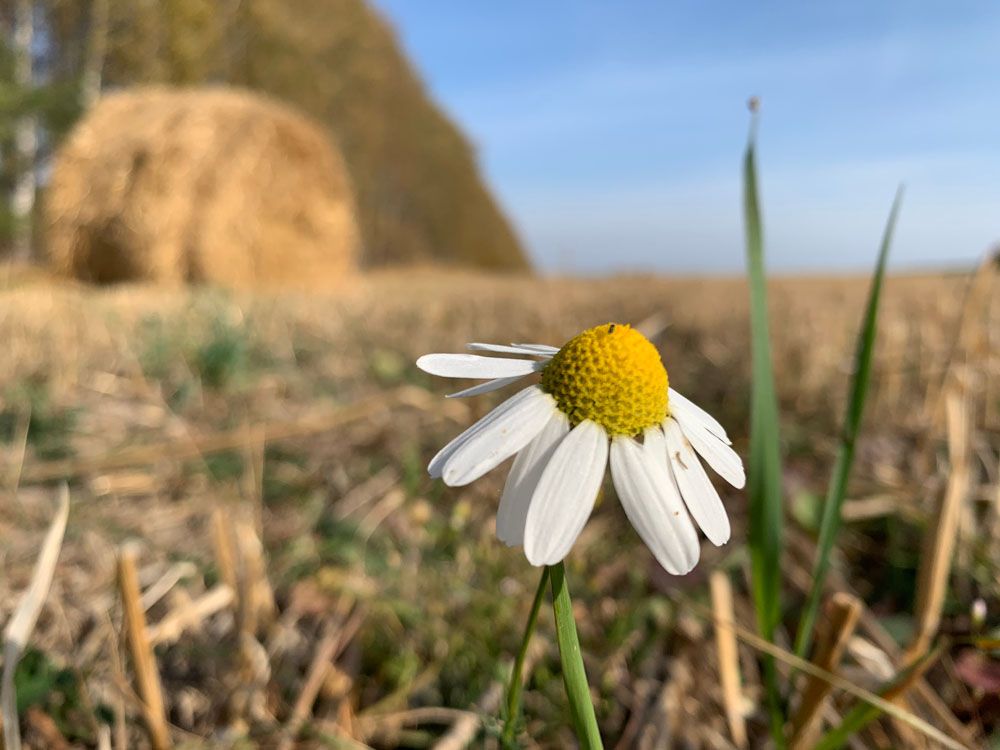
Chamaemelum nobile ‘Treneague’ – Anthemis nobilis ‘Treneague’ – Lawn Chamomile – Roman Chamomile – Chamomile
Chamaemelum – Chamomile –
There are about 4 species of weak annual and perennials, in this genus. They occur from grassy pastures and wasteland in Europe and the Mediterranean. The leaves are finely divided, alternate, and pinnate then pinnatisect. The flowers are smallish, daisy like, with domed yellow centers and white petals. The leaves and flowers are suitable for drying, the leaves for use in potpourri, the flowers can also be used for herbal teas. The leaves may be harvested at anytime, the flowers should be picked when completely open and then dried. Where heavy foot traffic and wear will not be a problem, plant closely together to produce an ornamental lawn for a courtyard or patio. The dwarf, non flowering cultivar C. nobile ‘Treneague’ is best for that purpose. It is also suitable as edging at the front of a border or along a walk way, or at the edges of a pond or water garden.
Grow in an open site in moist but well drained, preferably light, sandy soil in full sun. To produce a lawn or seat, plant 5-6″ apart, and water freely until establishes. Cut the plants back regularly to encourage dense, compact growth, occasionally rolling of lawns will help to maintain an even surface.
C. nobile ‘Treneague’ – Anthemis nobilis ‘Treneague’ – Lawn Chamomile – Roman Chamomile -grows 4″ tall and 18″ wide and is low tufted, non flowering cultivar that roots where the decumbent stems touch the soil. It has strongly scented foliage, and is less vigorous than the species It is a good lawn substitute and emits a wonderful odor when walked on. May be invasive. Contact with foliage may aggravate skin allergies
Zones 6-9
